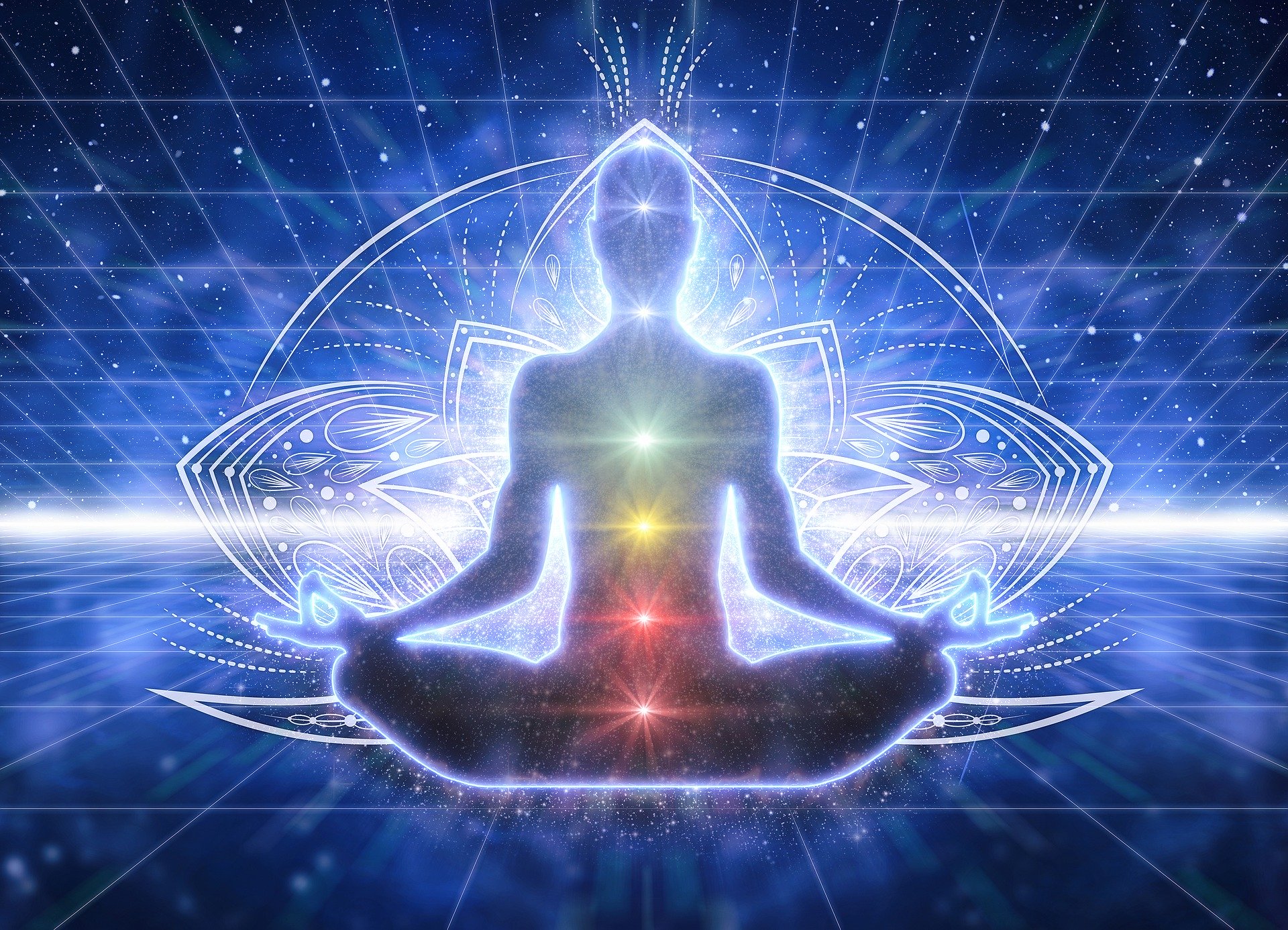7 Chakras Explained: A Comprehensive Guide

The chakras are the energy centers within the human body that help to regulate all its processes, from organ function to the immune system and emotions. Understanding and balancing these chakras can lead to improved physical, mental, and spiritual well-being. This comprehensive guide will delve into the seven main chakras, explaining their significance and offering tips on how to keep them balanced.
1. Root Chakra (Muladhara)
The Root Chakra is located at the base of the spine and is associated with the color red. It represents our foundation and feeling of being grounded. When the Root Chakra is balanced, we feel secure, stable, and full of life. It is tied to our survival instincts and our need for basic necessities like food, water, and shelter.
- Tip for balancing: Engage in grounding activities like walking barefoot on the earth, sitting directly on the ground, or incorporating red foods into your diet such as apples and beets.
- Crystal for balancing - Red Jasper
2. Sacral Chakra (Svadhishthana)
The Sacral Chakra, located just below the navel, is associated with the color orange. This chakra governs our ability to connect with others and accept new experiences. It deals with our sense of abundance, well-being, pleasure, and sexuality. A balanced Sacral Chakra enables creativity and healthy emotional expression.
- Tip for balancing: Engage in creative activities such as painting or dancing. Taking warm baths and focusing on hydration can also help maintain this chakra’s balance.
- Crystal for balancing - Carnelian
3. Solar Plexus Chakra (Manipura)
The Solar Plexus Chakra, found in the upper abdomen, is associated with the color yellow. It influences our self-esteem, ego, and personal power. Balancing this chakra allows us to possess confidence and control over our lives, making us feel more decisive and proactive.
- Tip for balancing: Practice affirmations that reinforce self-worth and personal power. Participating in exercises, especially those that target the core, can help to energize this chakra.
- Crystal for balancing - Citrine
4. Heart Chakra (Anahata)
The Heart Chakra, located at the center of the chest, is associated with the color green. This energy center influences our ability to love and be loved, fostering kindness, compassion, and acceptance. A balanced Heart Chakra enables us to experience deep and meaningful relationships.
- Tip for balancing: Practice self-love and forgiveness. Engaging in activities that support others, such as volunteering, can help open and balance the Heart Chakra.
- Crystal for balancing - Rose Quartz
5. Throat Chakra (Vishuddha)
The Throat Chakra, located at the throat, is associated with the color blue. This chakra governs communication, self-expression, and truth. A balanced Throat Chakra allows us to express ourselves truthfully and clearly, without fear of judgment or misunderstanding.
- Tip for balancing: Engage in open and honest communication. Singing, chanting, or even just talking openly with friends can help maintain the balance of this chakra.
- Crystal for balancing - Azurite
6. Third Eye Chakra (Ajna)
Located on the forehead, between the eyebrows, the Third Eye Chakra is associated with the color indigo. This center of intuition and foresight governs our ability to see the big picture and connect to our inner wisdom. When balanced, the Third Eye Chakra helps us to make decisions based on deep understanding and not fear.
- Tip for balancing: Meditation and visualization exercises can help to open the Third Eye Chakra. Spending time in reflection and listening to your inner voice can also promote balance.
- Crystal for balancing - Amethyst
7. Crown Chakra (Sahasrara)
The Crown Chakra, located at the top of the head, is associated with the color violet or sometimes white. This chakra connects us to higher states of consciousness and the divine. A balanced Crown Chakra can bring feelings of peace, well-being, and spiritual connection, transcending individual and material concerns.
- Tip for balancing: Spiritual practices such as meditation, prayer, and mindfulness can help to balance the Crown Chakra. Spending time in nature and practicing gratitude are also beneficial.
- Crystal for balancing - Clear Quartz
Understanding and working towards balancing these seven chakras can lead to a harmonious and fulfilled life. Each chakra plays a significant role in our physical, emotional, and spiritual health. By paying attention to the signs of imbalance and applying these tips to nurture each energy center, we pave the way for our overall well-being. Whether you are new to the concept of chakras or have been exploring energy work for a while, recognizing the intricate balance of these energy centers is a step towards achieving inner peace and harmony.
It's important to remember that balancing chakras is a journey, not a destination. It involves ongoing attention and adjustment. Listening to your body, embracing holistic practices, and seeking harmony in your interactions with the world will support your energy centers in aligning. This holistic health approach, integrating mind, body, and spirit, contributes to a fuller, more balanced life. As you become more attuned to the energy flowing through your chakras, you'll be better equipped to recognize when a chakra becomes unbalanced and how to address it, leading to increased well-being and a more authentic expression of your true self.